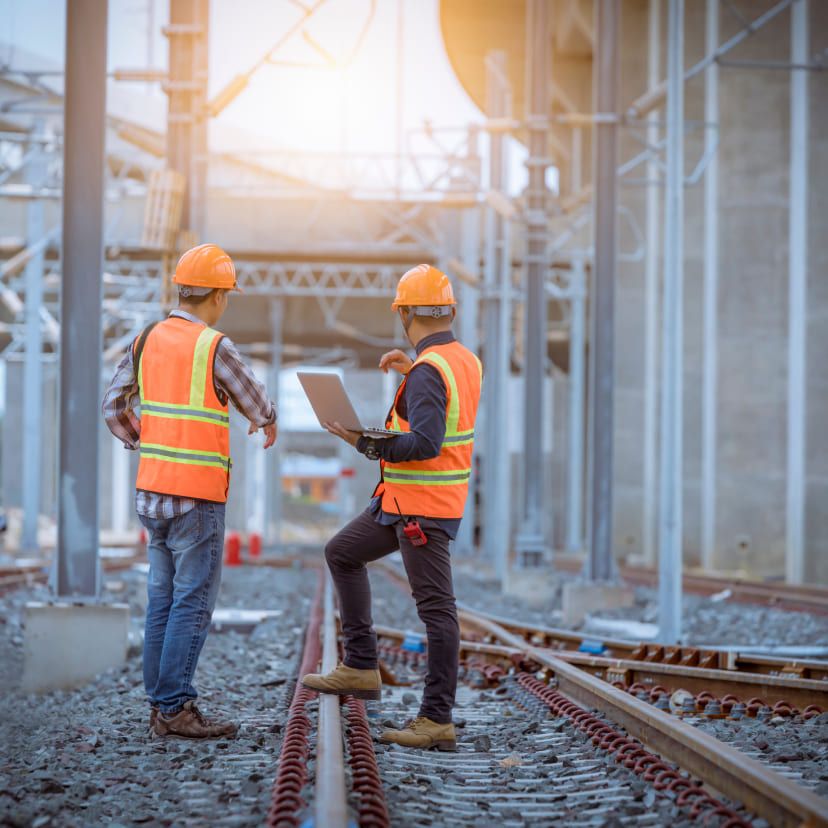Transportation Infrastructure
Bridges, runways, highways

Liquefaction mitigation is the process of strengthening soils to resist seismic loading, vibration, and dynamic stress. By injecting expanding polymers into loose or saturated soils, the method increases density, reduces pore water pressure, and improves ground stability during earthquakes or other dynamic events.

Liquefaction mitigation reduces the risk of catastrophic settlement during seismic events by improving soil density and stability. This trenchless solution protects foundations and critical infrastructure with minimal surface disruption.
Protects approaches, piers, and embankments from seismic failure
Stabilizes soils beneath pavements and critical aviation assets
Strengthens ground conditions for plants and storage structures
Protects bulkheads, seawalls, and harbor facilities in seismic zones
Secures underground pipelines, tunnels, and vaults against seismic risk
Stabilizes soils beneath schools, offices, and emergency facilities
Liquefaction mitigation is used across industries located in seismic or vibration-prone areas. From transportation and utilities to ports and industrial facilities, this process reduces risk and safeguards infrastructure against sudden settlement.
Bridges, runways, highways
Schools, public works, utilities
Plants, warehouses, processing facilities
Multi-use buildings, retail, office campuses
Ports, seawalls, waterfront structures
Pipelines, substations, power plants
1
Geotechnical data and site inspections identify liquefaction risks
2
Injection grid and resin types selected based on soil conditions
3
Small-diameter injection points drilled with minimal surface disruption
4
Expanding polymers densify soils and displace pore water
5
Real-time tracking ensures uniform soil improvement
6
Post-injection testing confirms increased density and seismic resistance
Have a project in mind or need more details about our services? Connect with our team today to discuss your challenges and learn how URETEK solutions can deliver lasting results.